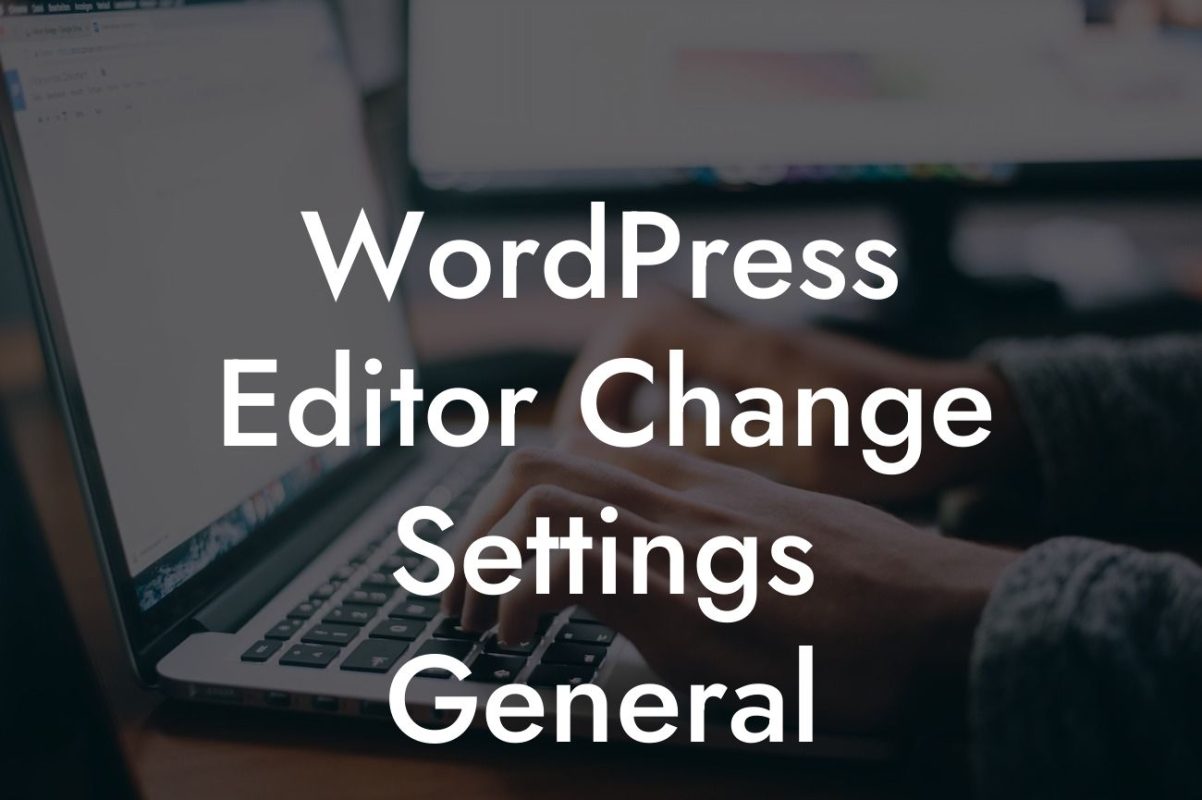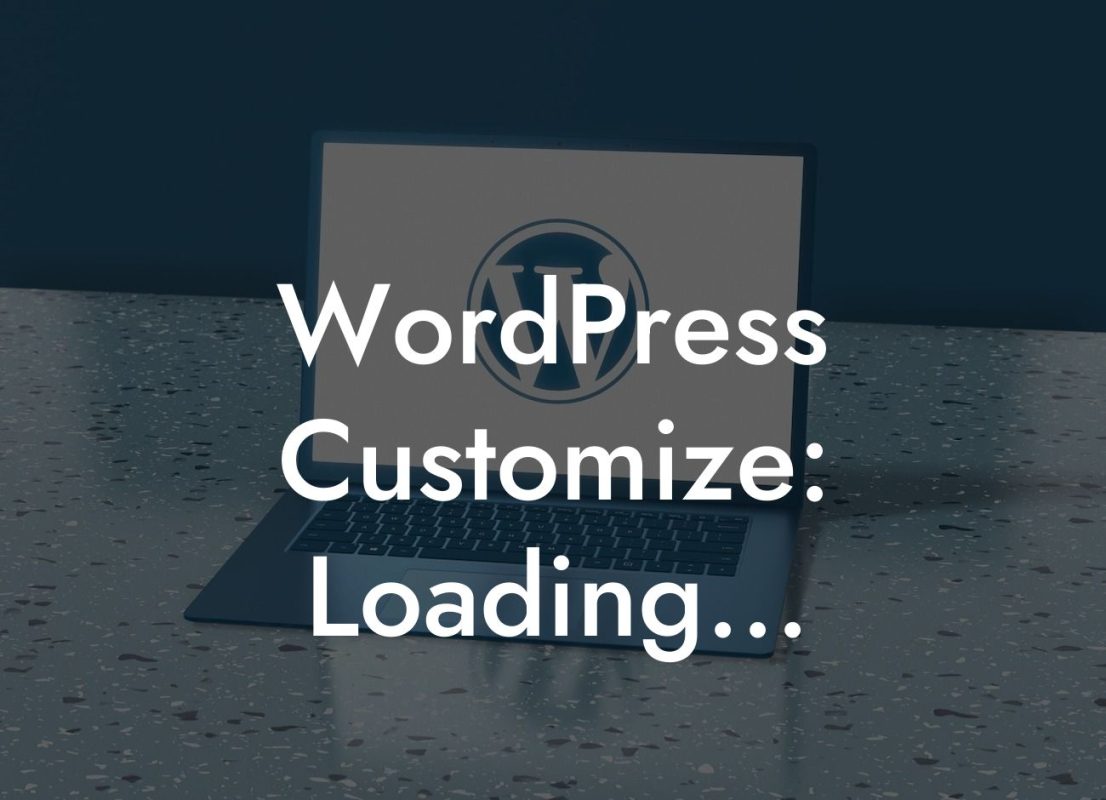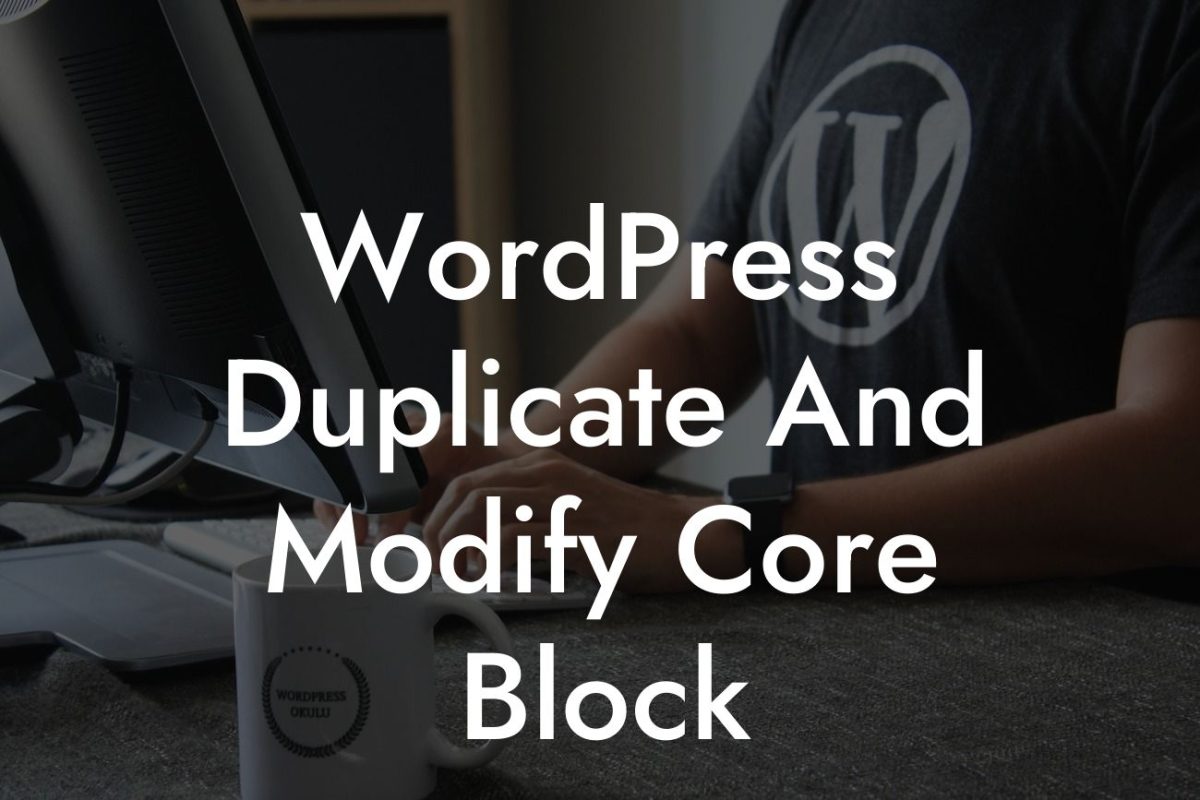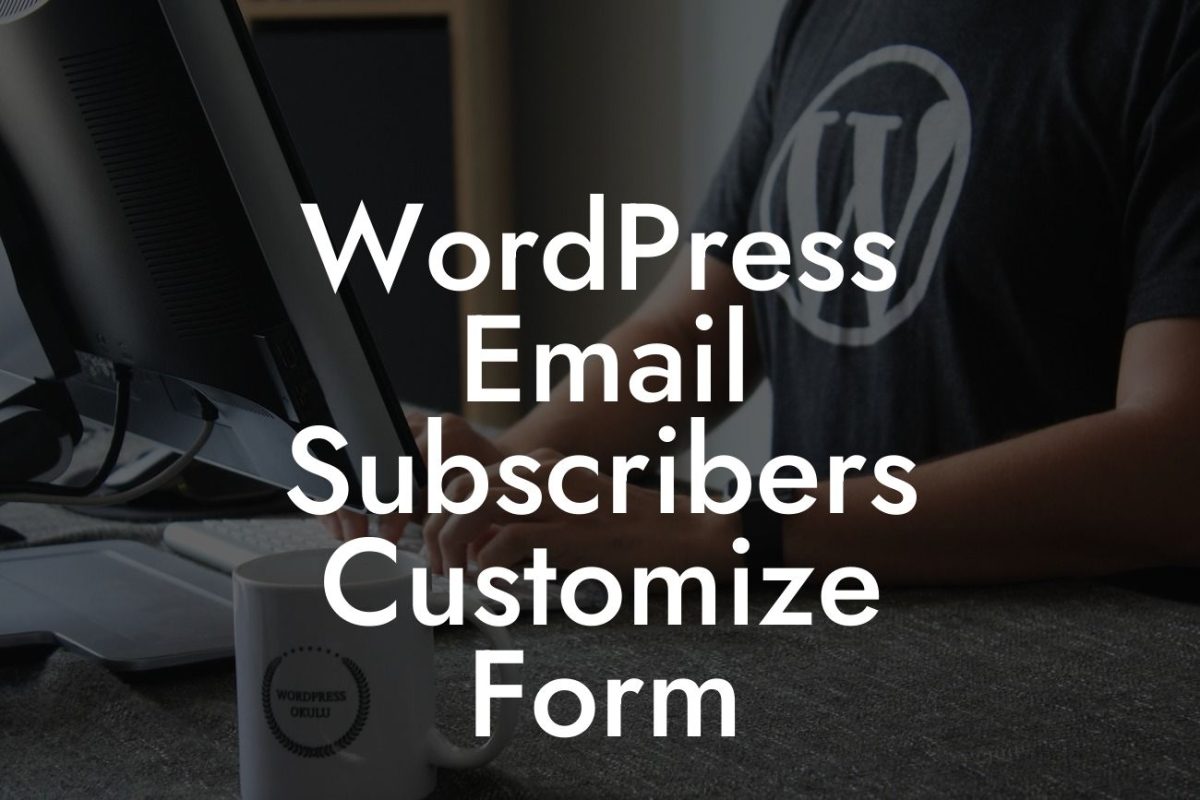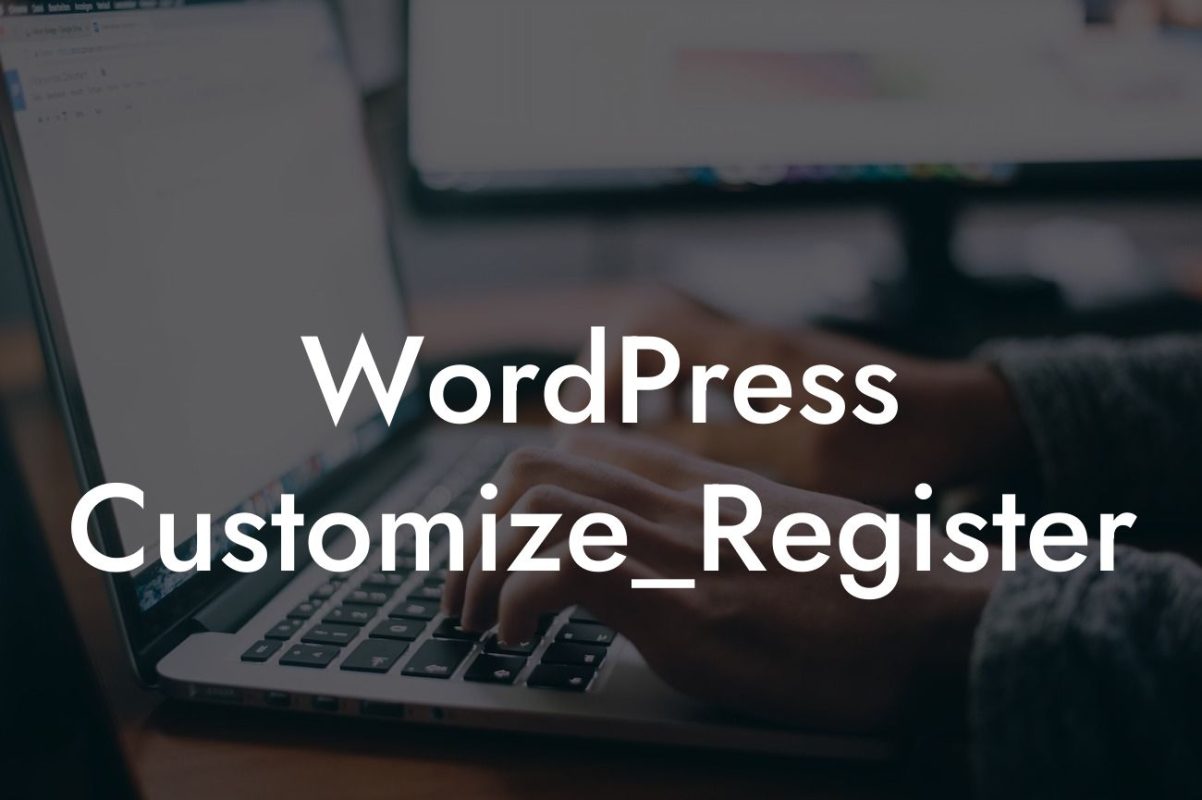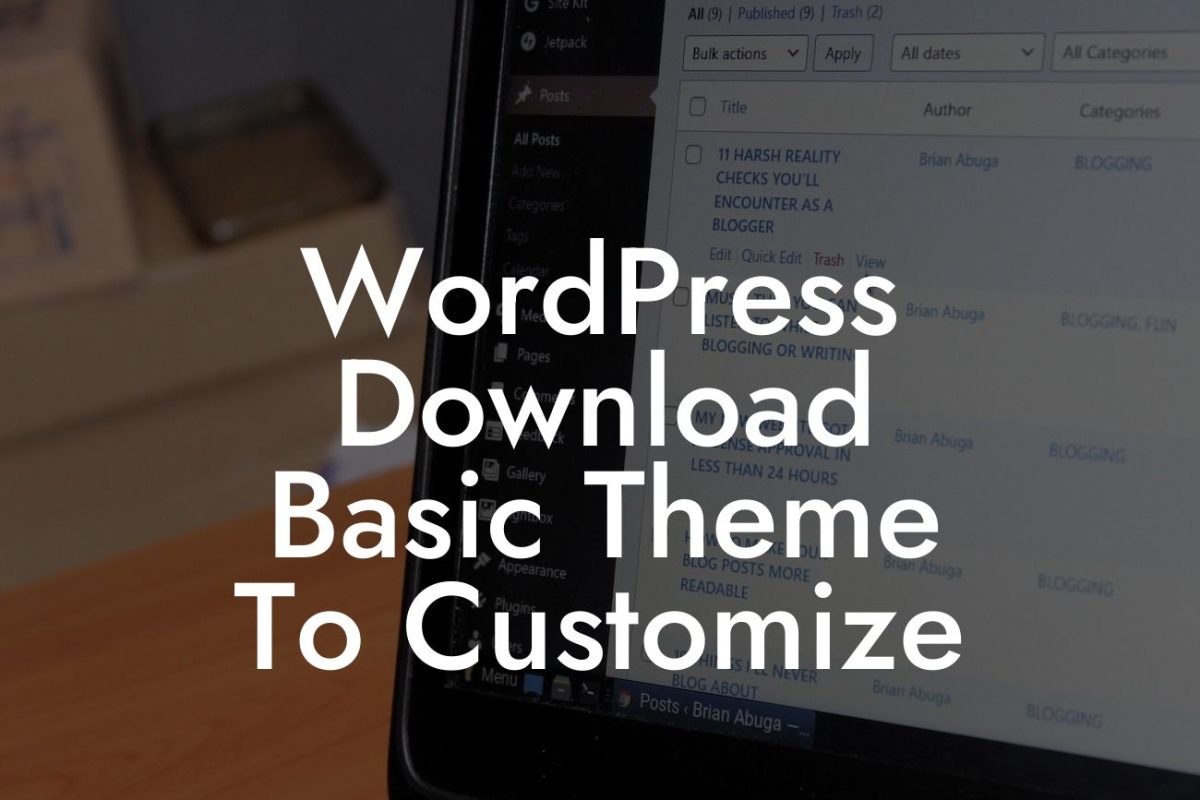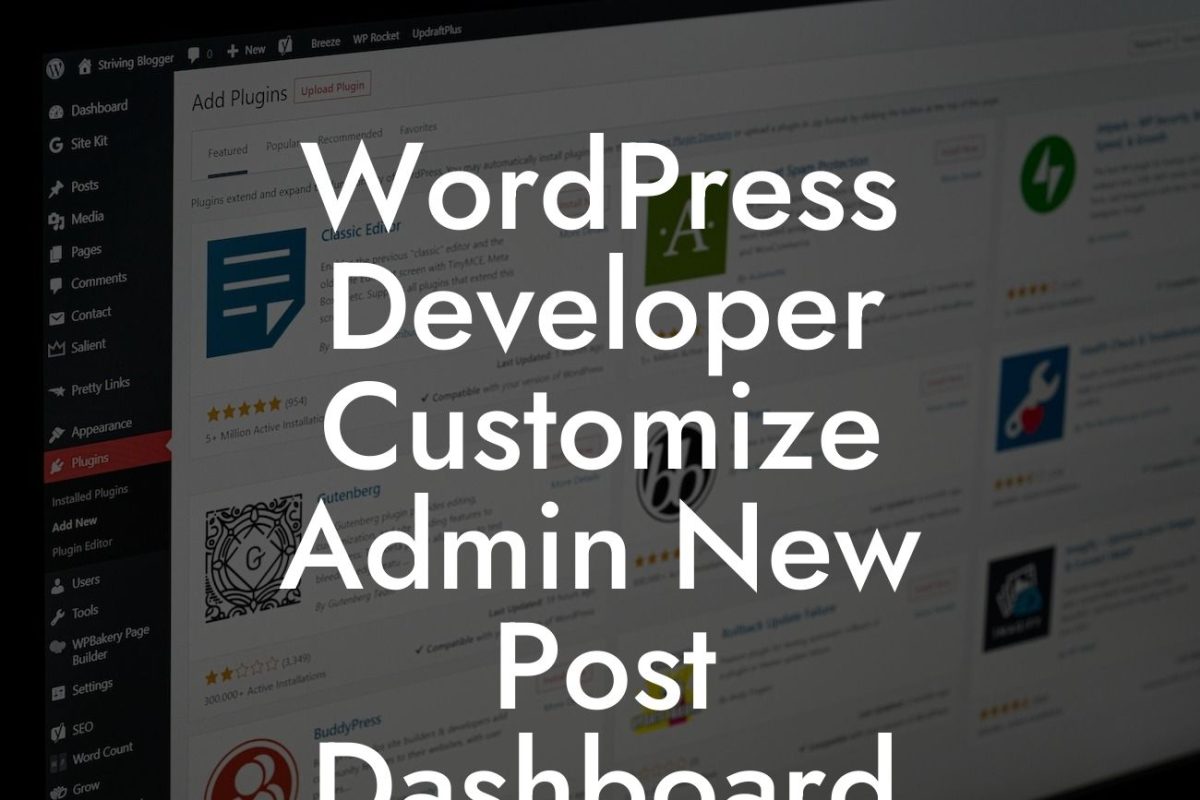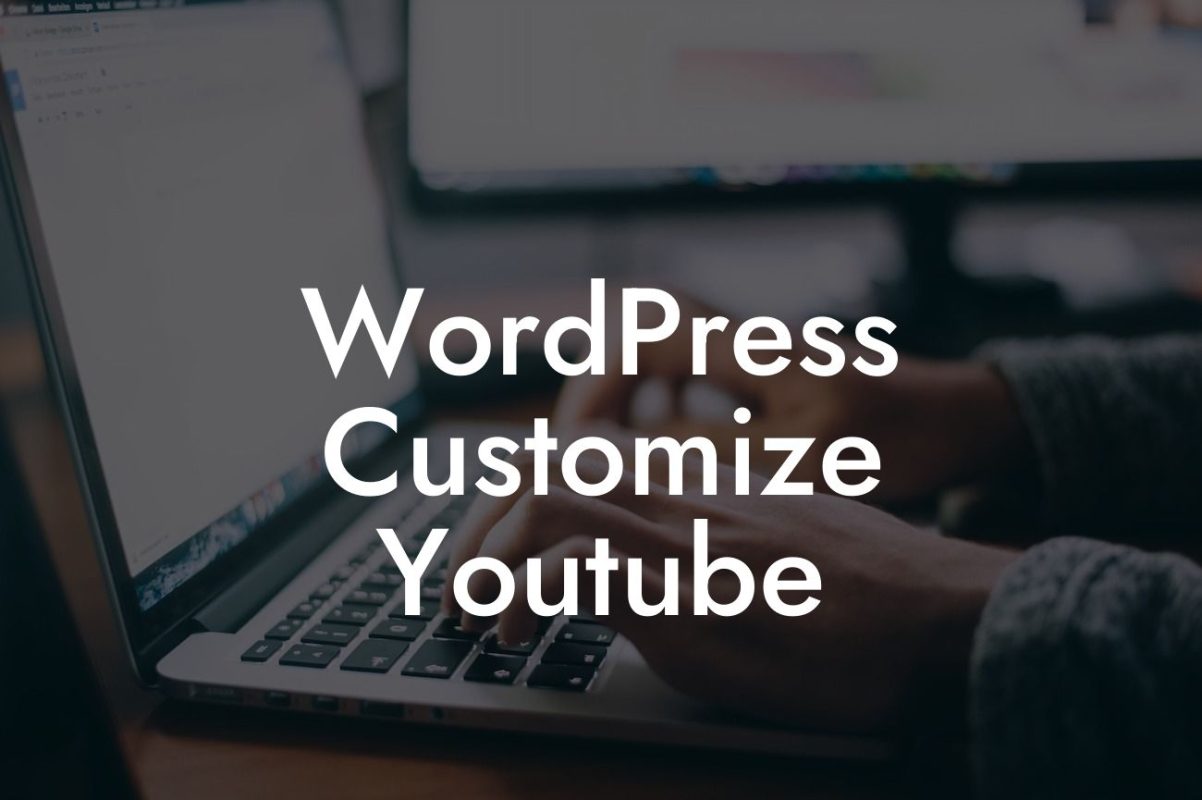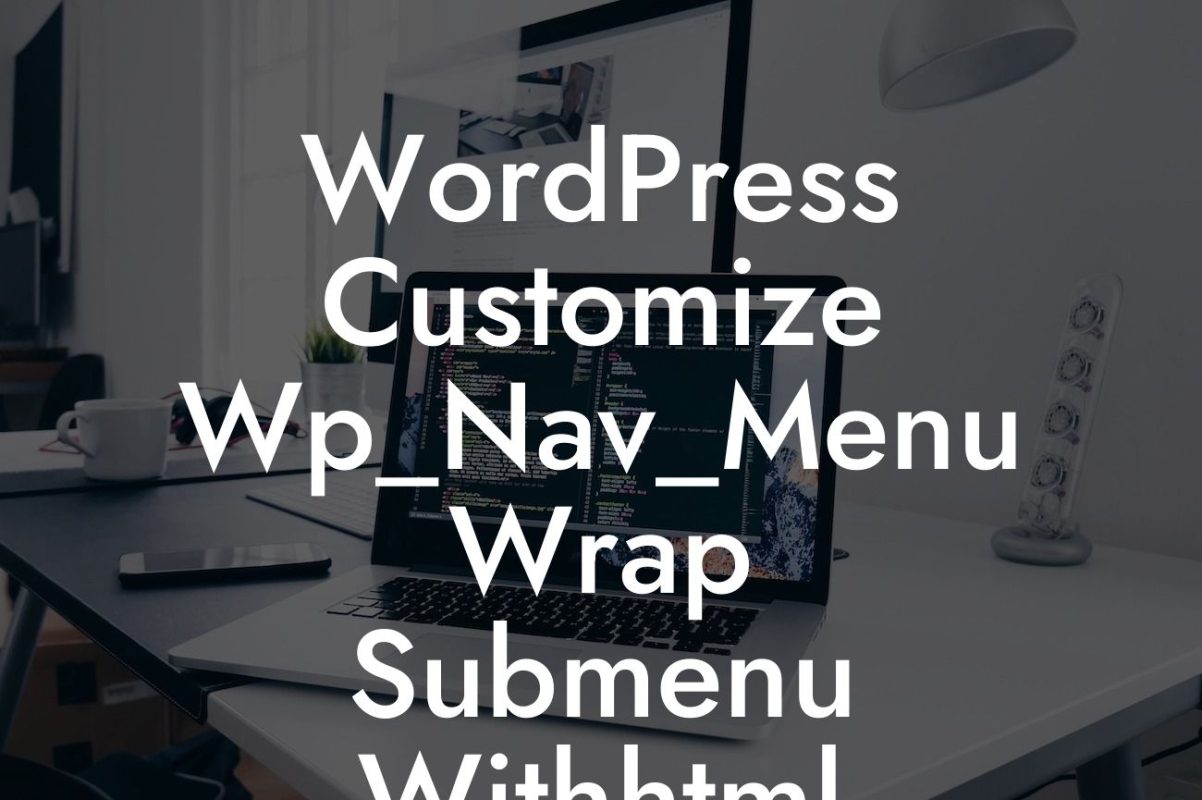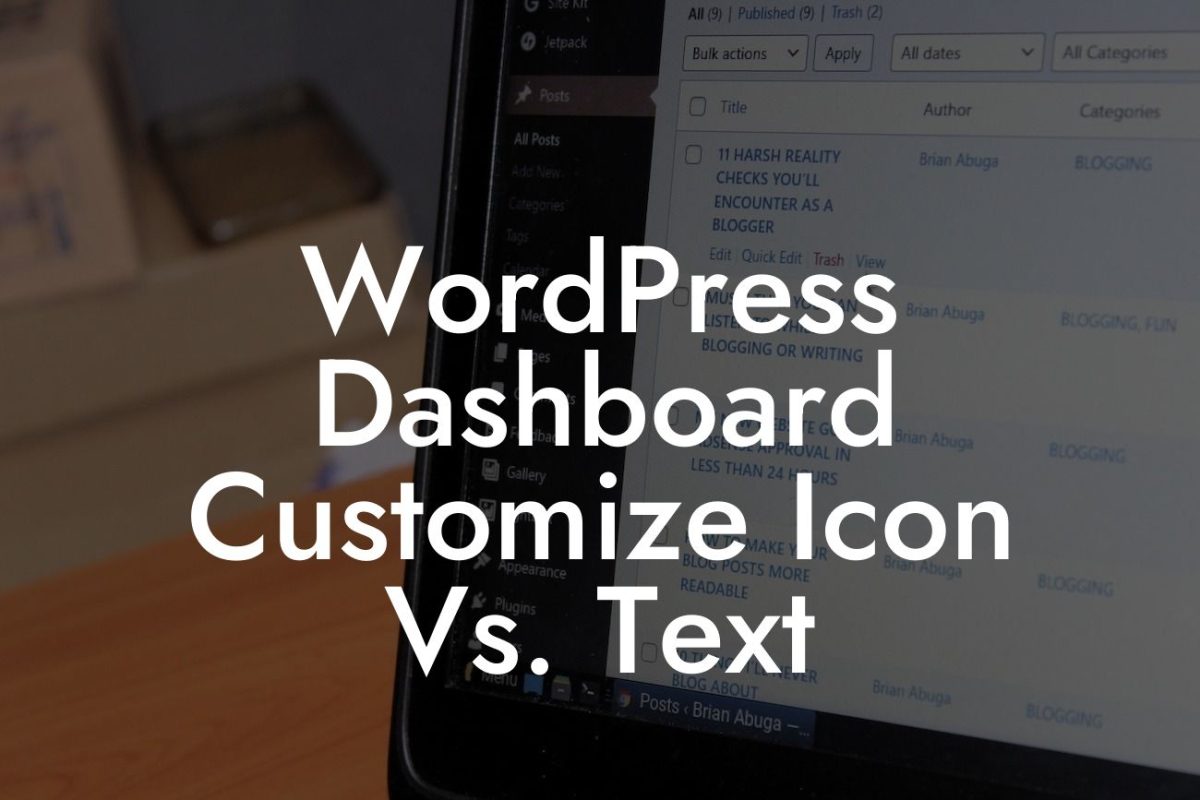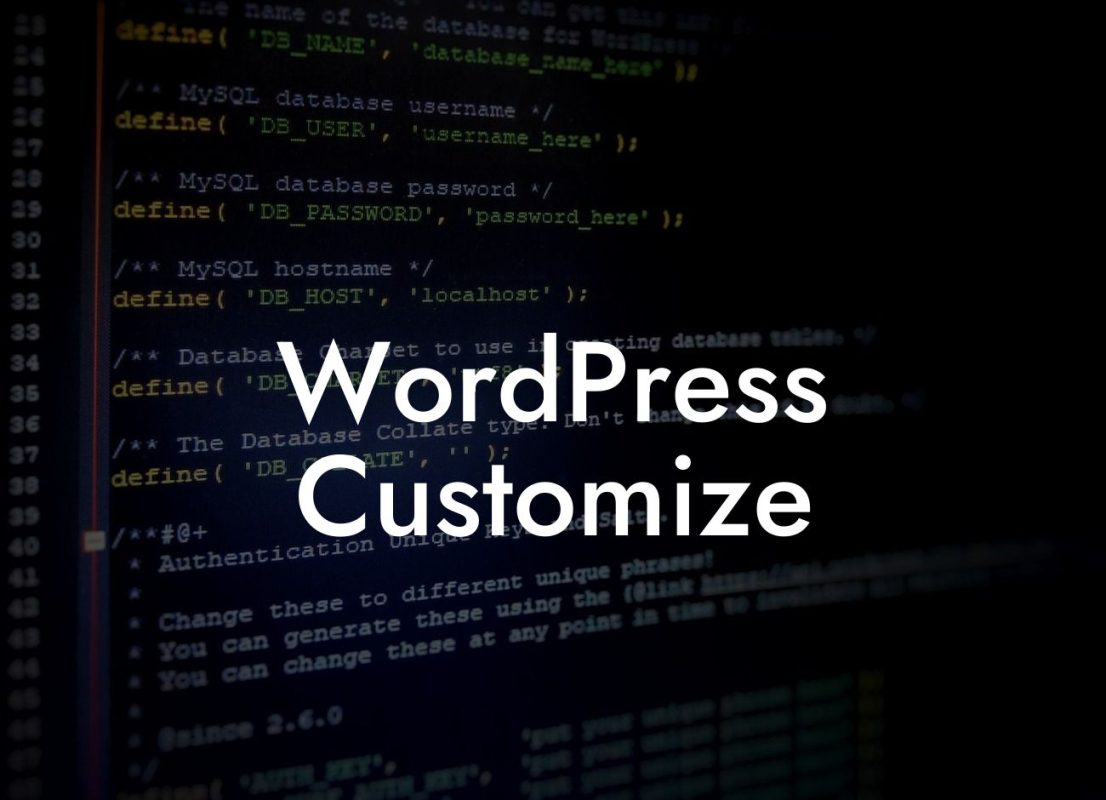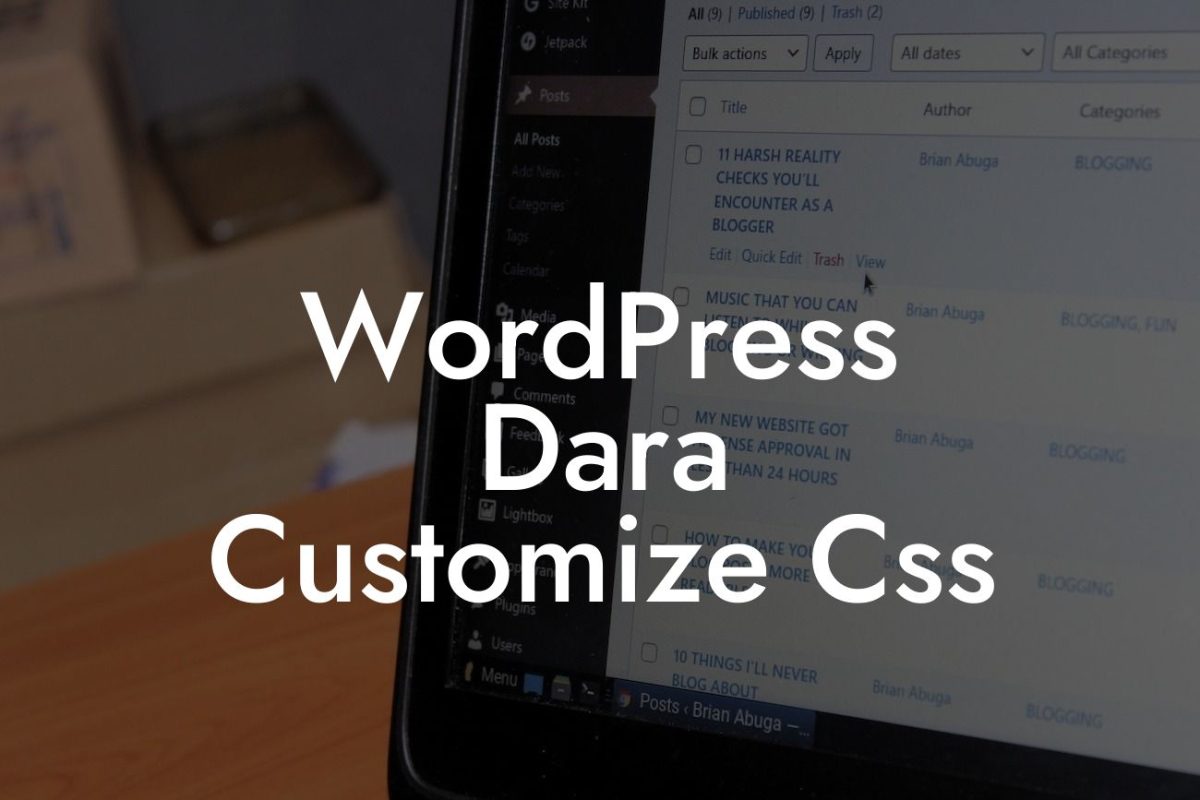Adding subpages in WordPress can significantly enhance the structure and organization of your website. Whether you're a small business owner or an entrepreneur, understanding this process is crucial for creating a user-friendly and informative online platform. In this article, we will provide you with a step-by-step guide on how to add a subpage in WordPress, enabling you to optimize your website's hierarchy and improve its overall functionality.
Adding a subpage in WordPress is a simple process that requires a few essential steps. By following these instructions, you can create a well-structured website that is easy to navigate and provides valuable content to your visitors.
1. Accessing the WordPress Dashboard:
To begin, log in to your WordPress dashboard. This can typically be accessed by adding "/wp-admin" to the end of your website's URL (e.g., www.yourwebsite.com/wp-admin). Enter your login credentials and proceed to the next step.
2. Navigating to the Pages Section:
Looking For a Custom QuickBook Integration?
Once logged in, locate the sidebar menu on the left-hand side of your dashboard. Here, click on "Pages" to access the page management section.
3. Creating a New Page:
To add a subpage, you must have an existing main page. If you haven't created one yet, click on "Add New" at the top of the page management section to create a main page. Give your main page a suitable title and insert your desired content. Once finished, click on the "Publish" button.
4. Adding a Subpage:
Now that you have a main page, you can proceed to add a subpage. Hover over the main page in the page management section, and you will see an option to "Edit" or "Quick Edit." Click on "Edit" to modify the main page.
5. Setting the Parent Page:
Within the page editor, locate the "Page Attributes" box on the right-hand side. Here, you will find a dropdown menu labeled "Parent." Select the main page you want the subpage to be associated with from the dropdown menu. Once chosen, click on the "Update" button to save your changes.
6. Configuring the Subpage:
After setting the parent page, you will notice the new subpage listed underneath the main page in the page management section. Click on the subpage's title to edit its content and customize its design.
How To Add A Subpage In Wordpress Example:
Let's say you own a small bakery called "Delicious Treats." You have created a main page named "Products," where you showcase different types of baked goods. Now, you want to add a subpage under "Products" specifically for cakes. By following the steps above, you can create a subpage titled "Cakes" and organize your website to provide detailed information about your cake offerings.
Congratulations! You have successfully learned how to add a subpage in WordPress. By implementing this technique, you can effectively structure your website and provide valuable information to your visitors. Don't forget to share this article with others who may find it helpful. Explore other guides on DamnWoo to discover more WordPress tips and tricks. And if you're looking to supercharge your online presence, don't forget to try one of our awesome WordPress plugins.


